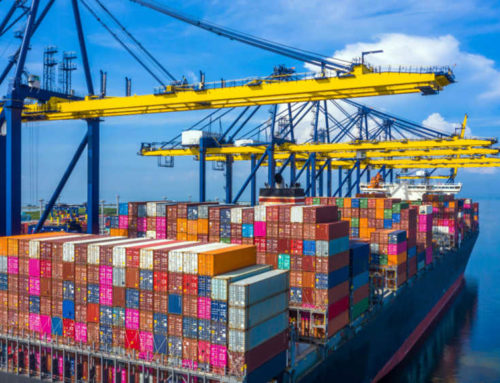In recent years, the spotlight has turned towards the surging trend of overseas shopping online, with a particular focus on China, and how it offers substantial cost savings to consumers. The concept of buying products directly from Chinese factories has enticed shoppers worldwide. Yet, beneath the surface of this enticing trend lies a more intricate reality, where the promised savings may not be as significant as they first appear. While platforms like AliExpress, Wish, and SHEIN have gained widespread recognition, delving into the complexities of this industry reveals a multifaceted story.
The rise of direct-to-consumer shopping from China began to gather momentum over the last decade, presenting itself as a viable alternative to traditional retail. E-commerce giants such as AliExpress and Wish emerged in the 2010s, capitalizing on the growing demand for budget-friendly goods. These platforms primarily feature Chinese online retailers who source their products from local factories or a network of China-based sellers. The appeal was straightforward: lower prices for consumers without compromising on product quality.

However, the reality of this burgeoning market is far more intricate than it initially seems. While consumers believe they’re reaping the benefits of cost-effective deals, it’s essential to examine various factors that can offset these apparent savings. The model is simple enough: produce sought-after goods at attractive prices, all while maintaining acceptable quality. But this is where the facade begins to show cracks.
Comparing a $40 shirt made in America to a $4 shirt directly from China might seem like a straightforward decision, but it’s vital to dissect the underlying components of each scenario. Often overlooked are the expenses linked to overseas shipping, potential customs fees, and extended delivery times, all of which can lead to unexpected costs and inconveniences. The comparison becomes even more complex when considering that some “China-based” platforms are supported by distant businesses with limited accountability, leaving consumers with little recourse in case of dissatisfaction.
While platforms like AliExpress and Wish boast impressive traffic and sales figures, their success doesn’t necessarily translate to a substantial cost advantage. For instance, eBay generates over $85 billion in annual sales, significantly surpassing the collective Gross Merchandise Value (GMV) of these direct-to-consumer platforms. The apparent savings can quickly vanish when considering additional expenses and potential risks.
One significant but often hidden issue is the influx of single-use and non-recyclable ink cartridges, primarily from countries like China, flooding the market. Many of these cartridges infringe on Original Equipment Manufacturer (OEM) patents, leading to a lack of accountability regarding their proper disposal or recycling at the end of their life cycle. This poses a severe environmental concern as these cartridges contribute to the ever-growing problem of plastic waste, exacerbating landfill issues and environmental degradation.
In contrast, consumers are often unaware of more sustainable alternatives, such as remanufactured ink cartridges produced in the United States. These remanufactured cartridges offer both affordability and environmental responsibility. Unlike their single-use counterparts, remanufactured cartridges undergo a recycling and reuse process, minimizing their overall environmental impact and aligning with circular economy principles.
Beyond environmental concerns, the consequences of overseas shopping extend to job displacement and economic repercussions closer to home. The surge in third-party ink cartridges from abroad not only undermines domestic manufacturers but also leads to the erosion of job opportunities in the United States. This ultimately reduces the overall value of an online purchase, as the long-term effects on local economies and job markets often go unnoticed.
The seemingly attractive notion of overseas shopping reveals its hidden complexities when examining its impact on the environment, job markets, and local economies. Pursuing a bargain shouldn’t come at the expense of contributing to plastic waste, job loss, and economic instability. This trend undermines local businesses, which are vital for job creation and community development.

As governments and international organizations recognize the challenges posed by this paradigm shift, changes are being implemented to address some of the industry’s downsides. Subsidized shipping rates that once made overseas purchases more attractive are being reevaluated, potentially reducing the cost disparity between domestic and foreign products. Additionally, concerns about counterfeits, intellectual property infringement, and unsafe products are prompting discussions about strengthening regulatory frameworks to protect consumers.
While the past decade witnessed the rise of direct-to-consumer shopping from China as a seemingly noteworthy trend, it’s essential for consumers to consider the complete picture before embracing the allure of bottom-dollar bargains. The promise of purchasing cheap products from the other side of the world may not always yield the expected financial benefits when recognizing the hidden costs and risks related to those purchases.
In the upcoming years, as import tariffs, shipping rates, and safety protocols evolve, the dynamics of this market will change once again. While the demand for affordable goods remains constant, consumers should approach overseas shopping with discernment, realizing that the promise of extreme savings might not be as straightforward as it initially appears. The era of direct-to-consumer shopping from China may have defined the past, but it has developed new challenges and opportunities that warrant careful consideration.






